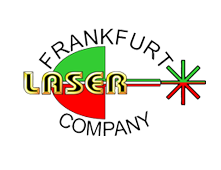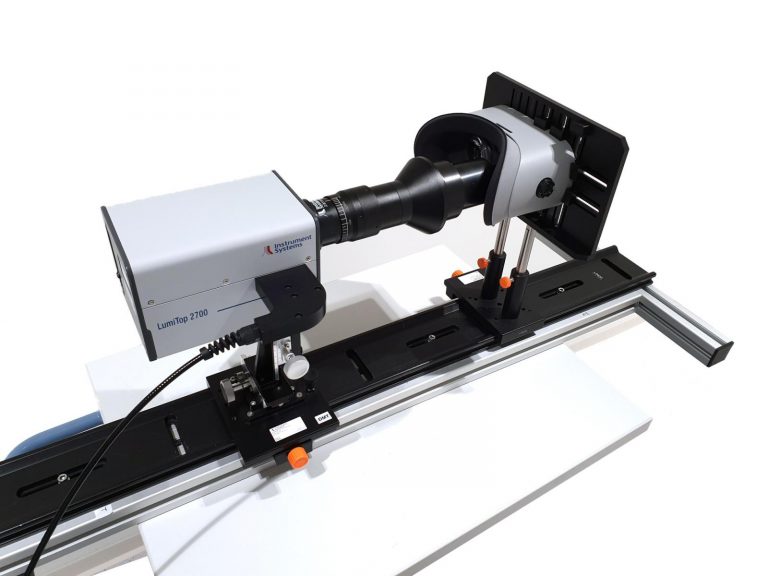Gentec: Measuring multi-kW welding lasers on-line
September, 2021:
Over the past few decades, high power lasers have become ubiquitous in the automotive industry. Nowadays, they are used to process numerous vehicle parts. Laser welding is one of the techniques that have been considerably developed and improved over time. Because of their flexibility and ease to be integrated into automated systems, it is more and more common to see laser welding systems operating directly into automobile assembly lines.
What does this look like? A beam from a diode-pumped solid-state laser (DPSSL) is delivered by a fiber optic cable mounted directly onto an automated robot arm.
Despite the high quality and reliability of such laser sources, they can fail unpredictably if a problem occurs in the laser delivery head. Since no production manager wants to see an entire batch of bodyworks being scrapped by bad welds, it has become part of quality control to periodically measure the power of welding lasers to make sure it is within specifications and to make sure nothing is failing catastrophically.
It is rarely useful to measure a laser before the end of its path since problems can occur after the site of measurement, at almost any point along the path that the light follows before it reaches the processed material. It is therefore mandatory to use a non-intrusive method to measure power right at the final delivery optic.
With the cooperation of a major car manufacturer, Gentec-EO has come up with a reliable and cost-effective solution. On a predetermined frequency, between the welding of two distinctive pieces, the robot is set to aim at a high power detector specially designed by Gentec-EO for such applications.
More precisely, the 6 kW laser is programmed to shoot for 30 seconds at a HP100A-12KW-HD high power detector. Optical energy is transformed into thermal energy within the detector and the output, a 0-10 V analog signal, is sent to the ADC of a data acquisition system.
The signal value is then compared to a so-called range of acceptability. If it is out of range, and alarm is ringed and the assembly line is stopped before anything becomes scrapped. This quality control method is mandatory to prevent the waste of several parts and possibly the slowdown of production lines.
More information here.






